In the next decade of design, the earth will be central in everything we create.
Focused on the earth, three unique trend narratives will unfold and begin to influence how we live and work (if they haven’t already). The first theme is the Awakened Earth, focusing on sustainable and resilient architecture. In the Enhanced Earth, artificial technology and neuroscience advances are made for the good of the planet and humans alike. The last narrative, Earnest Earth, presents the benefits of biophilia and human-centered spaces.
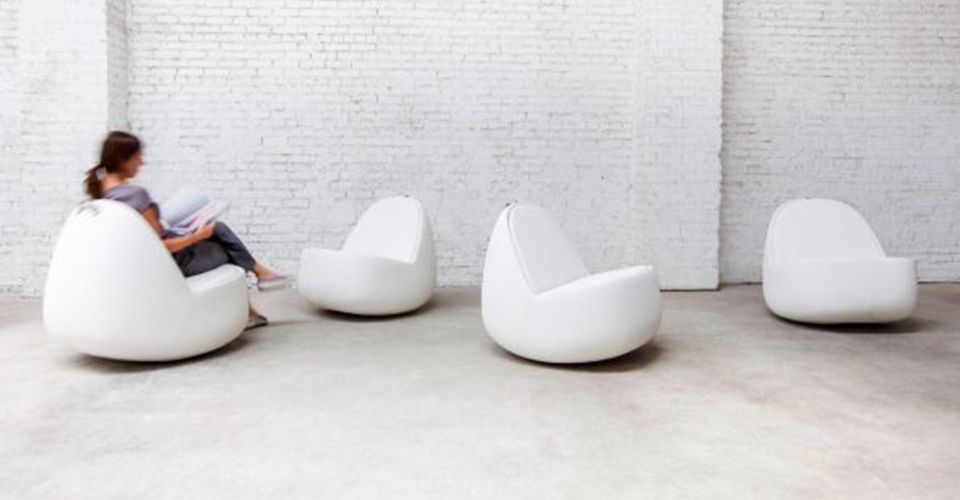
Allsteel Environment Townhall – Allsteel
First, we’ll examine how each of the three trend narratives manifest on a macro level — how we see them in our everyday lives. We’ll connect how these trends trickle down into architecture and interior design and are curated into product design and art. Then, we’ll delve even further and see what distinct color, materials and pattern trends emerge.
Trend 1: Awakened Earth
Without intervention, earth is on-pace to warm by 4 degrees Celsius by the end of this century. With that warming comes rising ocean levels, extreme weather events and turbulent weather whiplash. At the same time, the United Nations predicts that the world’s population will grow to 8.5 billion people by 2030, 9.7 billion by 2050, and surpass 11 billion by 2100. To match that dramatic population growth, we will require more construction to build the places we live, work and play.
The thing is, buildings already comprise nearly 40% of greenhouse gas emissions. In response to future demand, designers and architects are striving to make a monumental difference in the way we design and build structures. Manufacturers and suppliers are developing products that are carbon neutral or even carbon negative. For example:
- The 2030 Architecture Challenge calls on all new construction to be designed carbon-neutral.
- The AIA 2030 Commitment sets out a framework that elevates the architectural practice at large, is cost-efficient for clients and ultimately helps combat climate change.
- materialsCAN (Carbon Action Network) is connecting members of the global building industry to start prioritizing embodied carbon in building materials.
The message is resounding: sustainable and resilient practices need to become the baseline for all responsible architecture and design. This groundswell of climate action is the Awakened Earth.
Awakened Earth Emerging Trends
Ultimately, we’ll see this Awakened Earth trend realized in more sustainable and resilient methods. Product transparency will be key, and materials will come largely unaltered from the earth. For example, rough-edged stone slabs meet a smooth metallic finish in FICT Studio’s Fragment Series. Or, Tom Dixon’s SWIRL art objects feature a new material mixed from recycled marble powder, pigment, and resin.
- Colors are coral, deep teal, graphite and phosphorescent white.
- Materials are rudimentary and simple, of the earth and tactile – carbon, crystals, charred wood.
- Patterns include striated and swirled surfaces, rough stone in contrast with smooth surfaces, highly grained wood, and low gloss metallics.
Studio Fragment Object – FICT Studio
Fragment Series – FICT Studio
Nacre Crystal Table – FICT Studio
Swirl Family – Tom Dixon
Diamond Art – Precious Plastic
Trend 2: Engineered Earth
Technology defines the Engineered Earth. In the natural environment, robotics and artificial intelligence are stimulating agriculture and quantifying deforestation. In the built environment, neuroscience and monitoring technology are beginning to enhance the human experience.
The ways we’re using technology are becoming forward-thinking. Satellites can detect unsustainable agriculture and places of critical deforestation. Coupled with predictive artificial intelligence, these places could be protected and saved. AI modeling could simulate future extreme weather events and help governments against the worst kind of devastation.
On a human scale, we’re seeing neuroscience incorporate into the built environment and evolve into a new field of study: neuroarchitecture. Utilizing human-monitoring technology, we’re able to marry brain activity to physiological data such as heart rate as a user interacts with elements in a space. Tech also has a human-centered approach, as wearable and smart technology weave seamlessly into our spaces (smart sensors) and onto our bodies (wearables). Neuroarchitecture will rapidly evolve evidence-based design principles, empowering designers and architects seek to create more impactful spaces.
Engineered Earth Emerging Trends
This trend story will manifest itself in immersive art and light-filled spaces. The disciplines of design and science merge into new products, such as Jan Klingler’s colorful Bacteria Lamps. Crowd-funded projects such as Precious Plastic are repurposing that material into new applications.
- Colors are yellow gold, oak-moss green, crimson and infused aqua. Color transparency and overlapping color are important. Color becomes trans-seasonal.
- Materials reflect their engineered nature. AI innovations realize methods and materials that are low or zero carbon-based. We see plenty of repurposed plastic.
- Patterns are biomorphic, amoeba-like and digitized interpretations of nature.
Construction Beams – Precious Plvastic
Look Both Ways – Interface
Bacteria Lamps – Jan Klingler (Photo by Piotr Skrzycki for Ministryofimages.se)
Bacteria Lamps – Jan Klingler (Photo by Sandy Haggart)
Bacteria Lamps – Jan Klingler (Photo by TrendNomad)
Trend 3: Earnest Earth
The Earnest Earth brings the outdoor sensibilities of the natural environment indoors. The International WELL Building Institute (IWBI) estimates that human beings spend 93% of our time indoors. Compounding that statistic? The time we spend on our devices and screens.
Biophilia, only recently an industry buzzword, is set to be an integral part of the interior design planning process. The biophilia hypothesis indicates that human beings have an intrinsic need for interaction with nature. We’re seeing more research indicate that looking at or immersing ourselves in nature can change the attention restoration mode in our brains. This can promote creative thinking and concentration.
Taking that principle into the interior, biophilia is predominant in cascading plant walls, pebble motifs and water features in areas such as open office seating, where it can benefit the majority of inhabitants.
At the same time, we’re seeing workspaces more actively promote human health and wellbeing. For example, the WELL Building Standard “applies design and policy solutions to enable people to live healthier, happier and thriving lives,” according to Jessica Cooper, Chief Commercial Officer at IWBI. The WELL Standard and similar certifications are poised to be meaningful influencers in the built environment for years to come.
Earnest Earth Emerging Trends
In this Earnest Earth story, we see a revival of artisanal and time-honored processes, such as Japanese indigo-dyeing, seen in the Indigo Exchange Chair from Jun Aziaki’s CREME Studio. Products are intentionally designed to be circular.
- Colors are celestial purple, haze green, jute brown and indigo.
- Materials are both physically and visually tactile. Fungi, alternative leathers like palm. Natural-dyeing techniques and processes.
- Patterns are wood grains, waves and ripples, fractals of earth; and/or soft, simple geometries.
Palm Leather – Studio Tjeerd Veenhoven
Palm Leather – Studio Tjeerd Veenhoven
Flax Fiber Chair – Jin Kuramoto Studio (Photo by OFFECCT)
Designtex, Biophilia 2.0 – Designtex and Steelcase
Indigo Exchange Chair – CRÈME / Jun Aizaki Architecture & Design
Environment Park by Norma Architects – Allsteel
Mother Earth is the mother of all trends in the decade to come. Architects and designers will drive change through sustainable and resilient design, and interiors will resemble our restless Awakened Earth. The Enhanced Earth embraces technology to realize new processes that positively benefit the planet and people alike. And finally, the Earnest Earth reflects the need for human health and wellness in the built environment. It will be fascinating to observe how the three color stories within this macro theme emerge, take shape and evolve in color, material and pattern.
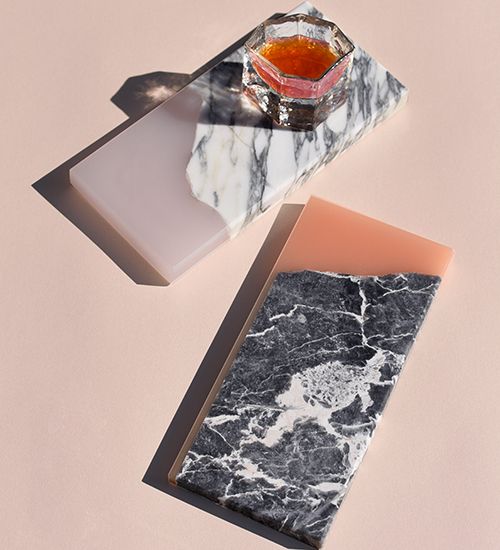
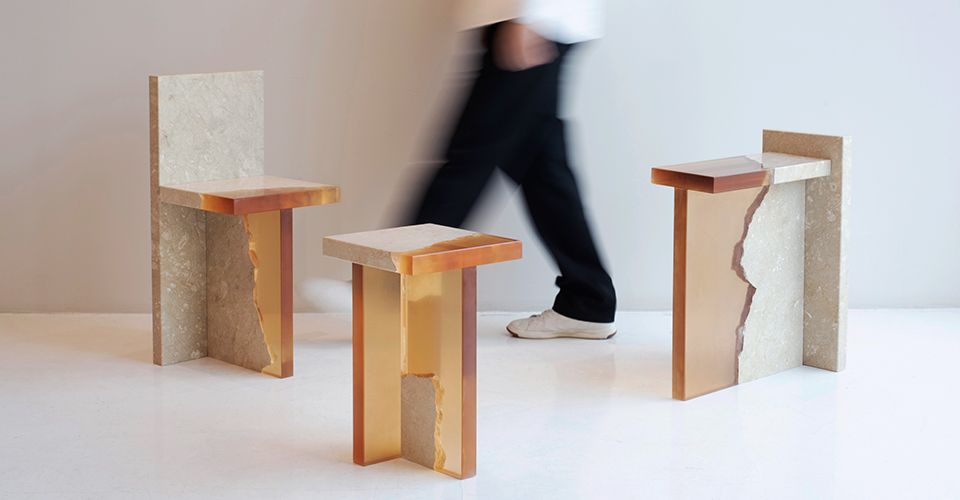
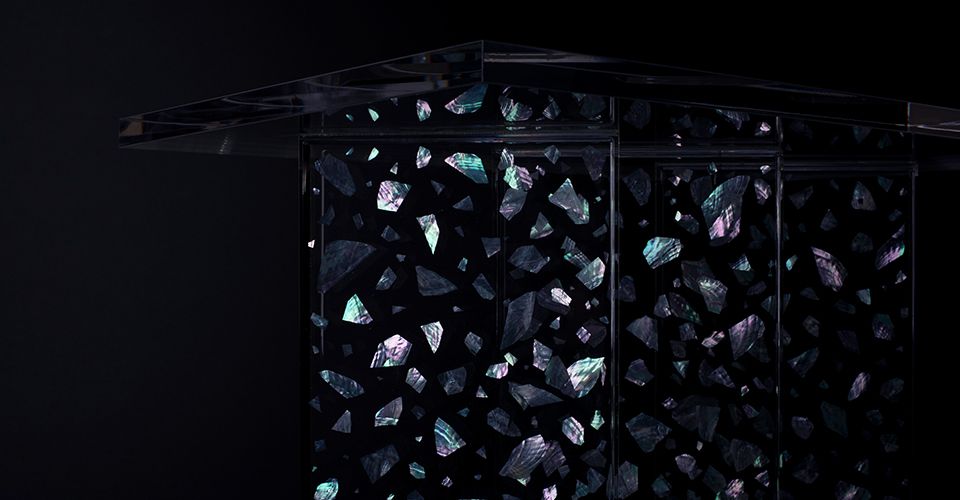
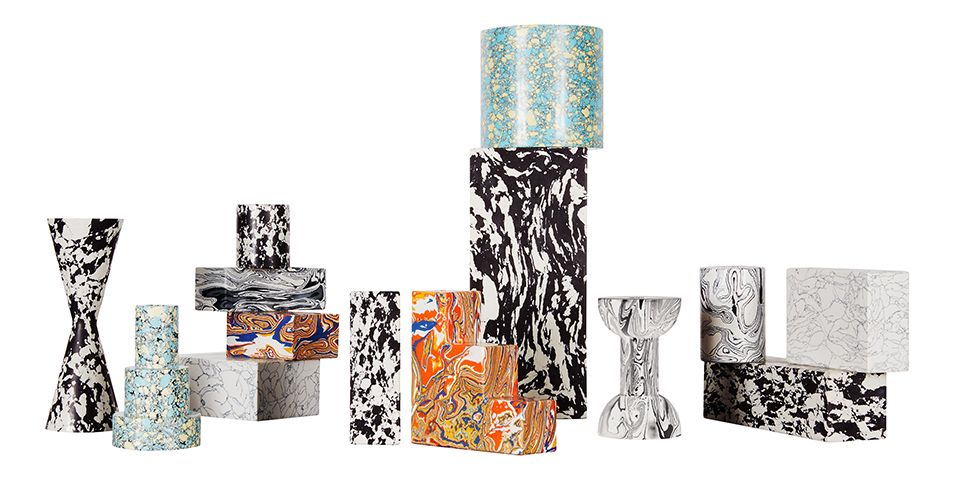

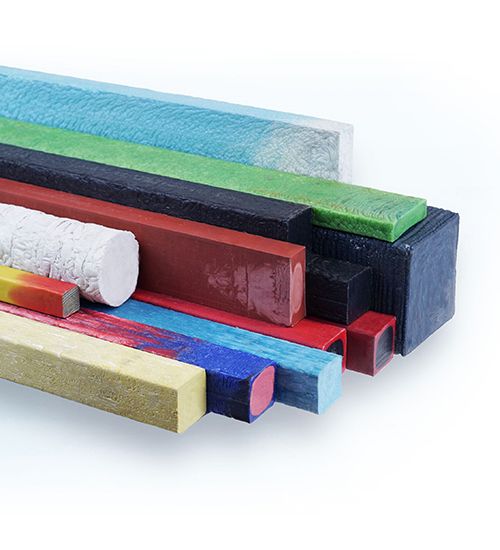
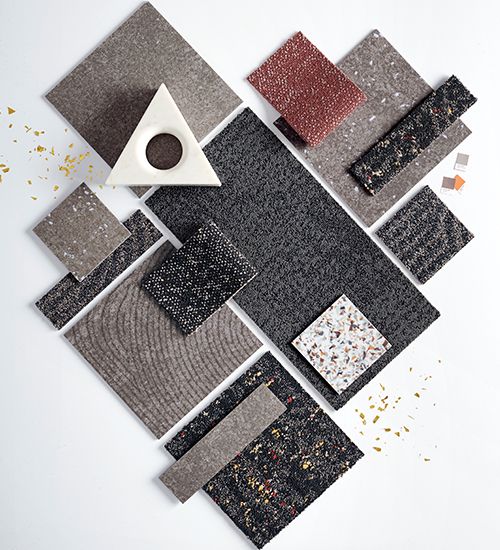
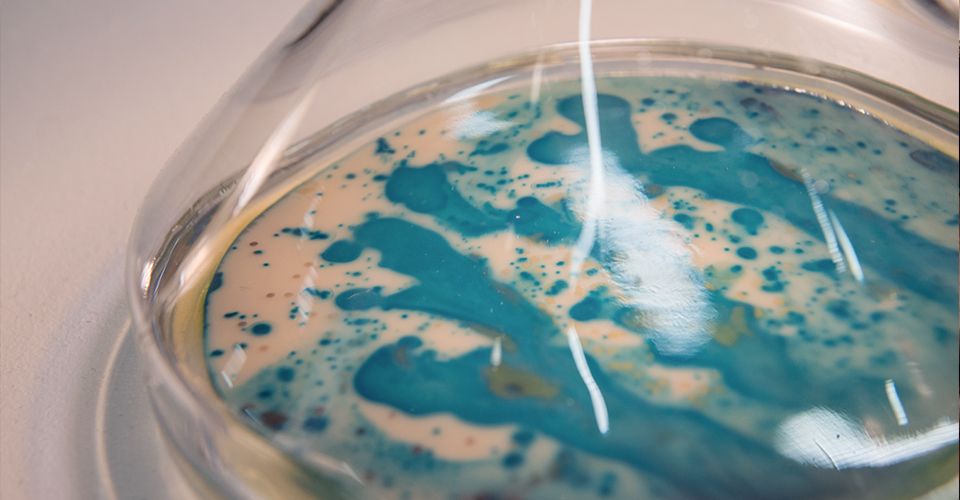
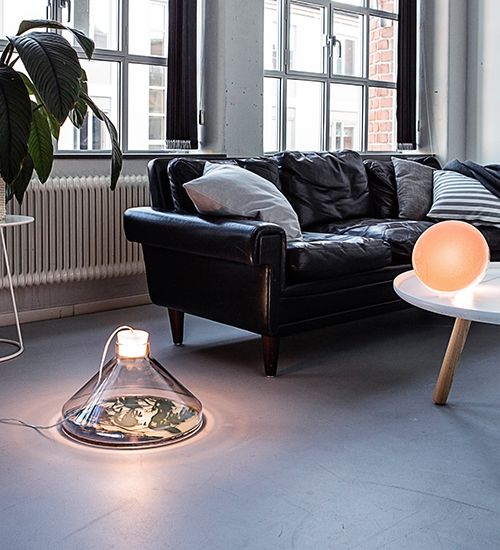
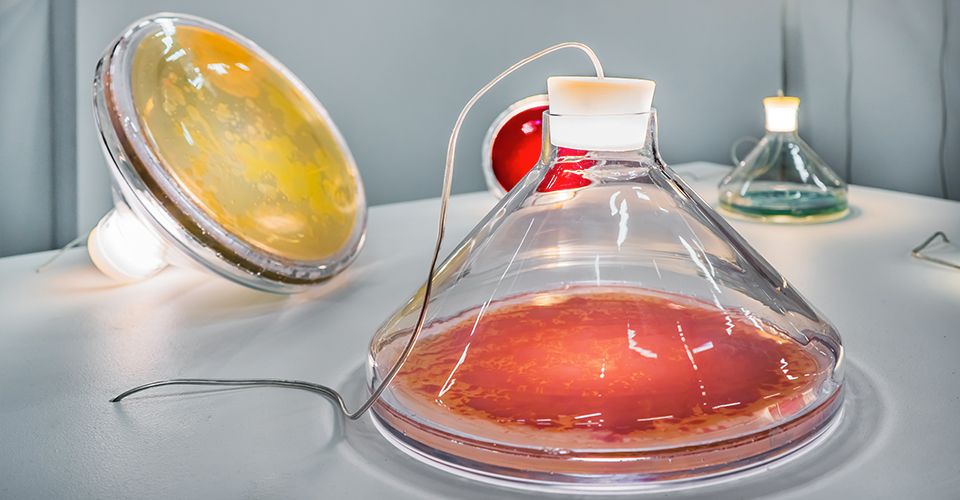
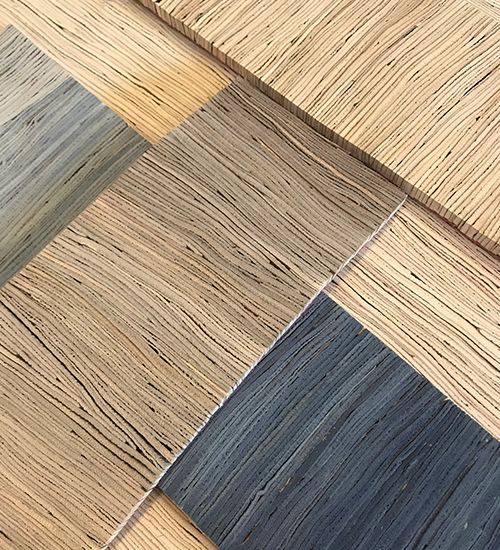
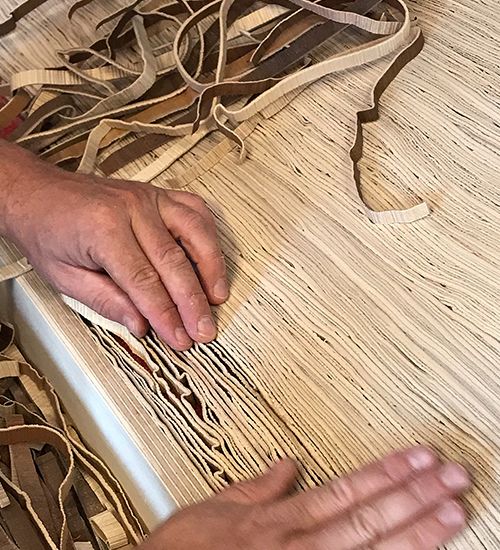
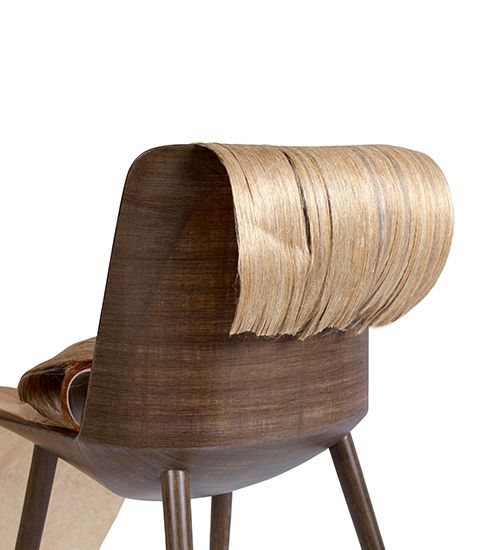
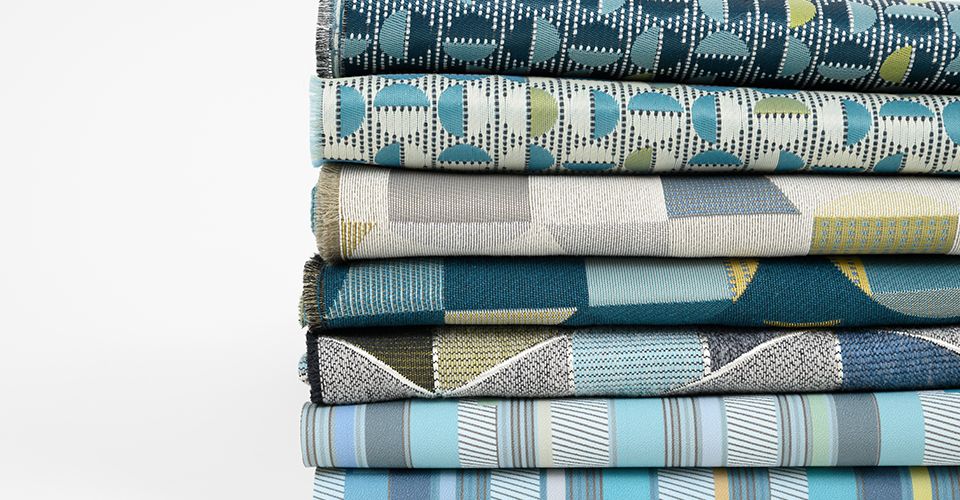
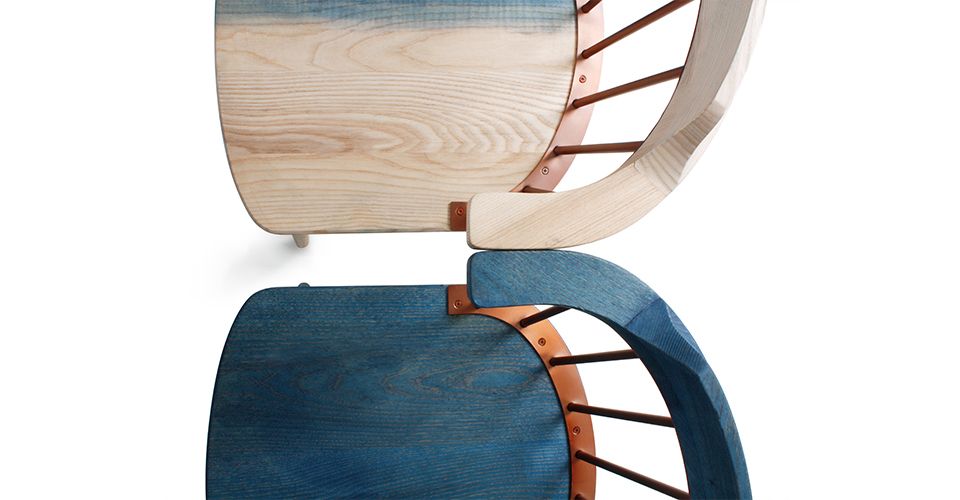

4 responses to “Emerging Design Trends For 2020 And Beyond”
Can you send me additional information regarding the wood veneers
Hi there!
If you’re looking for more information on the Palm Leather (which does have a wood-like aesthetic), you can find more information via the designer’s website here:
Interesting Trends Stories.. Designers should consider these in their work..it’s the future!
Thankful for sharing this useful post!